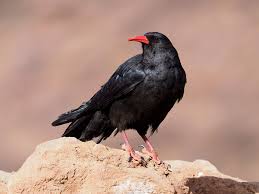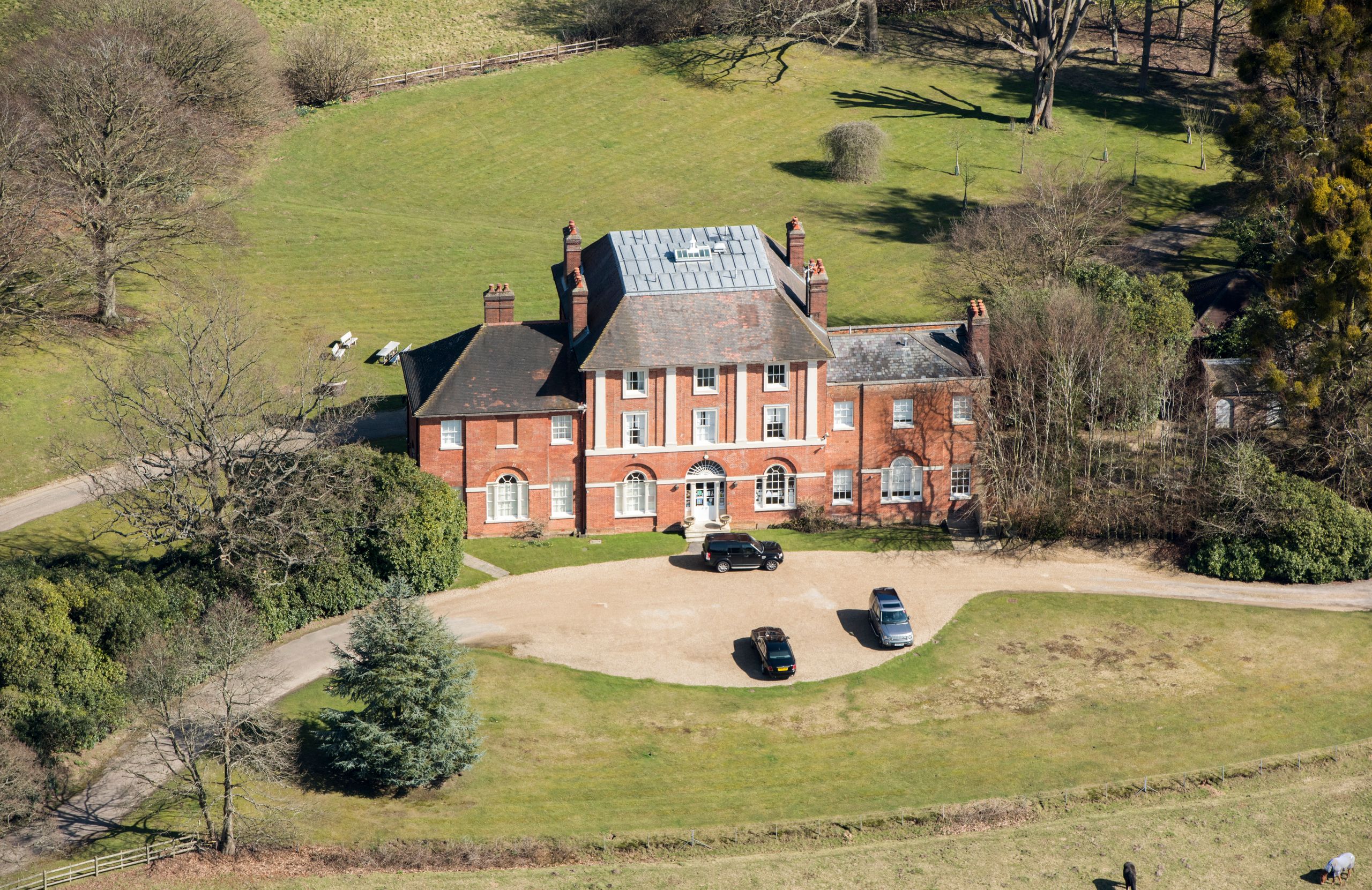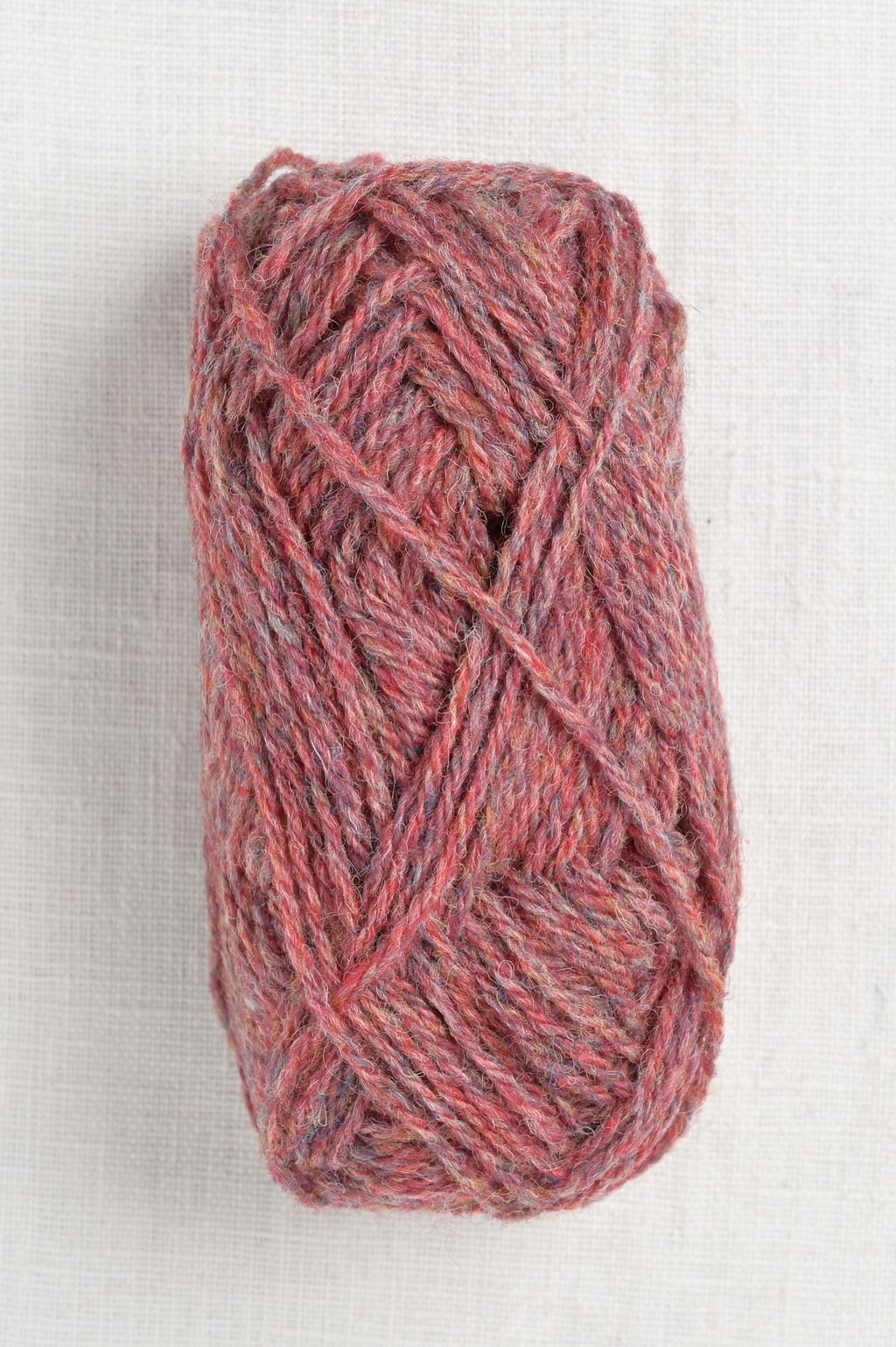
Introduction
The red billed chough (Pyrrhocorax pyrrhocorax) is a striking bird species that has captured the attention of ornithologists and nature enthusiasts alike. Known for its glossy black plumage, bright red bill, and social behaviour, the red billed chough plays a vital role in its ecosystem, particularly in mountainous regions of Europe and Asia. This article examines the significance of the red billed chough, its habitat, behavioural traits, and current conservation challenges that threaten its existence.
Habitat and Characteristics
Red billed choughs are typically found in high-altitude areas including alpine meadows, cliffs, and rocky terrains, where they nest in crevices and cavities. They exhibit remarkable adaptability, with populations found in the Pyrenees, the Alps, and parts of the Himalayas. Adult red billed choughs are approximately 32–34 cm long with a wingspan of about 70 cm, making them agile fliers.
One of the most defining characteristics of this species is its red, curved bill, which is perfectly designed for probing into the ground for insects and larvae, its primary food source. These birds are also known for their adventurous nature, often engaging in acrobatic flight displays during which they glide and dive to entertain themselves and attract mates.
Social Structure and Behaviour
Red billed choughs are highly social birds, often found in flocks that can range up to 30 individuals. Their vocalisations, which include a variety of whistles and clucks, play a crucial role in maintaining group cohesion. They are known for their cooperative breeding behaviour, with younger siblings often helping to rear new chicks, which enhances the chances of survival for the next generation.
Conservation Status
Despite their resilient nature, the red billed chough is classified as a species of ‘Least Concern’ by the International Union for Conservation of Nature (IUCN). However, this status is rapidly changing due to habitat loss, climate change, and human interference. The reduction in available nesting and feeding sites caused by agricultural encroachment and tourism development has raised concerns among conservationists.
Conclusion
The red billed chough is more than just a visually striking bird; it holds ecological significance and represents the health of its natural environment. Ongoing conservation efforts are crucial to ensure the survival of this unique species. Birdwatchers and enthusiasts are encouraged to support local conservation initiatives aimed at preserving the habitats that red billed choughs depend on. By raising awareness of their plight, we can help protect this fascinating bird for future generations to enjoy.
You may also like

The Fascinating World of Eagles

Exploring Forest Lodge Windsor: A Hidden Gem in Nature
